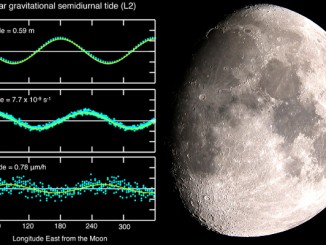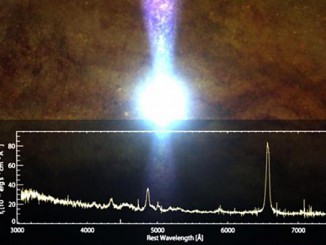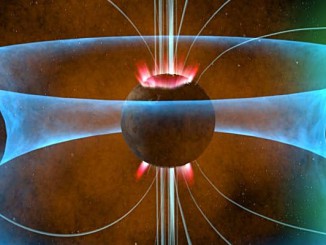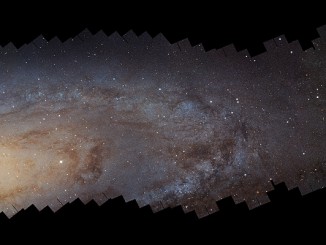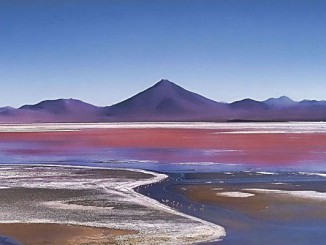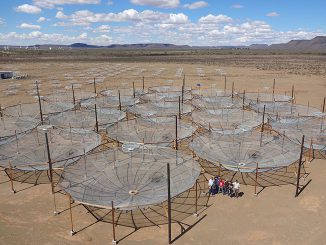
What happened after the lights came on in the universe?
The National Science Foundation has approved funding to expand the Hydrogen Epoch of Reionisation Array (HERA) in South Africa. Upgrading the number of antennas from 19 to 240 by the year 2018 will enable HERA to study more clearly the impact of cosmic dawn, the moment a few hundred million years after the Big Bang when the first stars and galaxies blazed awake.


